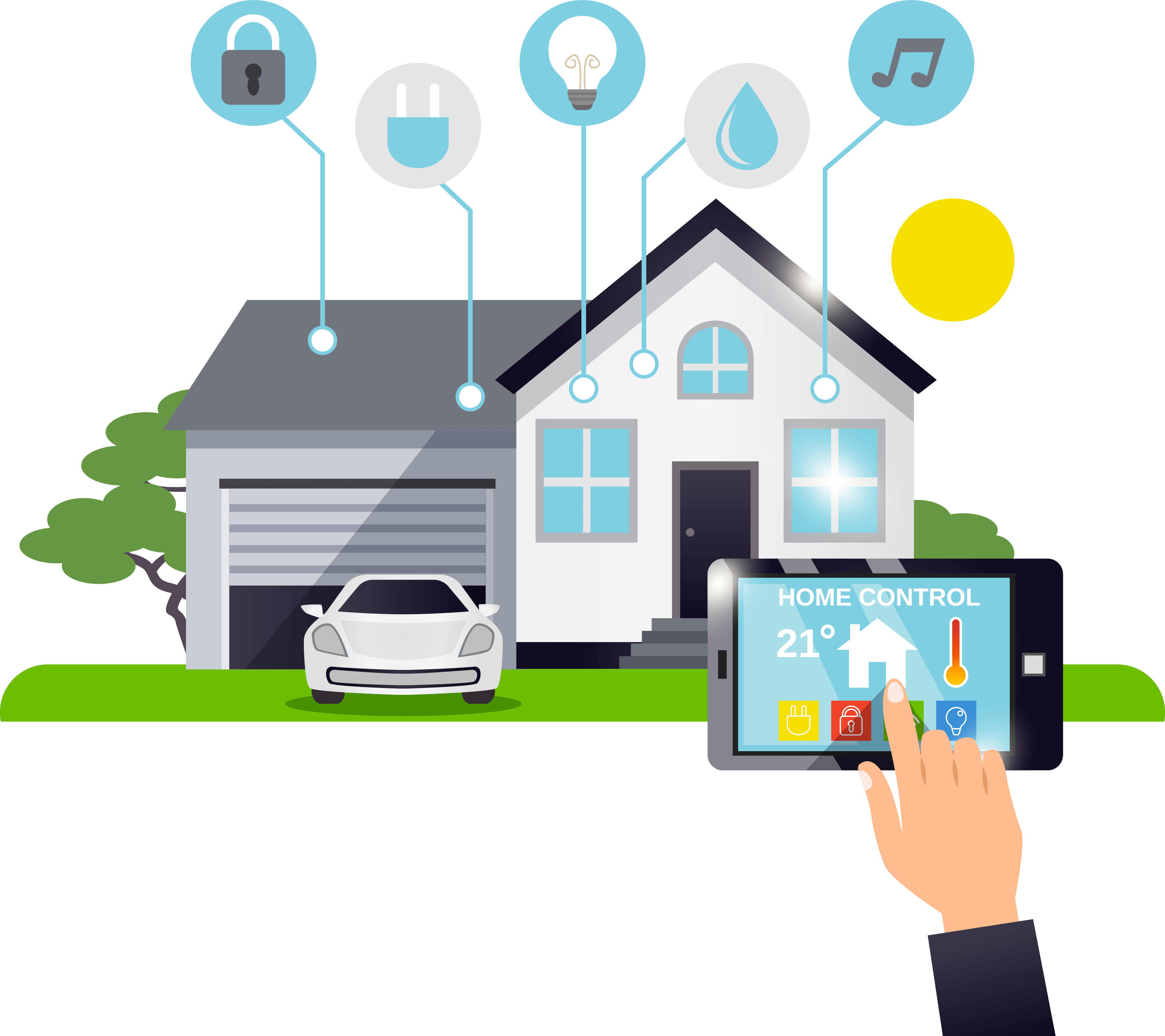As we step into 2024, the realm of smart home systems is evolving at an unprecedented pace. With advancements in artificial intelligence, IoT (Internet of Things), and automation, homeowners are now presented with innovative solutions that enhance convenience, security, and energy efficiency. In this article, we will delve into the latest trends and technologies shaping the smart home landscape, ensuring you stay informed about what’s new in smart home systems this year.
In the following sections, we will explore groundbreaking features such as enhanced voice control capabilities, improved interoperability between devices, and the rise of energy-efficient smart appliances. You’ll learn how these advancements not only simplify daily tasks but also contribute to a more sustainable lifestyle. Additionally, we will discuss the importance of cybersecurity in smart homes and how manufacturers are addressing these concerns to protect your personal data.
Whether you are a tech enthusiast looking to upgrade your home or a newcomer curious about the benefits of smart technology, this article will provide valuable insights and practical tips. Join us as we uncover the exciting developments in smart home systems for 2024, and discover how you can transform your living space into a more intelligent and responsive environment. Read on to find out more!
As we step into 2024, the landscape of smart home systems continues to evolve rapidly, driven by advancements in technology and changing consumer preferences. This article explores the latest trends and innovations that are shaping the future of smart homes.
Enhanced AI Integration
Artificial Intelligence (AI) is becoming increasingly integral to smart home systems. In 2024, we see a significant enhancement in AI capabilities, allowing devices to learn user preferences and behaviors more effectively. This means that smart assistants can now anticipate needs, adjust settings automatically, and provide personalized recommendations based on historical data.
Moreover, AI-driven security systems are becoming more sophisticated, utilizing facial recognition and anomaly detection to enhance home security. These systems can alert homeowners to unusual activities, providing peace of mind and a higher level of protection against intrusions.
Interoperability and Standardization
One of the major challenges in the smart home industry has been the lack of interoperability among devices from different manufacturers. In 2024, we are witnessing a push towards standardization, with initiatives like Matter gaining traction. This protocol allows devices from various brands to communicate seamlessly, creating a more cohesive smart home ecosystem.
This shift not only simplifies the user experience but also encourages innovation, as manufacturers can develop products that work together without compatibility concerns. As a result, consumers can enjoy a wider range of options when building their smart home systems.
Energy Efficiency and Sustainability
With growing awareness of environmental issues, energy efficiency has become a top priority for smart home systems in 2024. New devices are being designed with sustainability in mind, featuring energy-saving modes and smart energy management systems that optimize power usage.
Smart thermostats, for instance, can learn when homeowners are typically away and adjust heating and cooling accordingly, significantly reducing energy consumption. Additionally, solar-powered smart devices are gaining popularity, allowing homeowners to harness renewable energy sources to power their systems.
Advanced Home Security Solutions
Home security technology is advancing rapidly, with 2024 bringing new innovations that enhance safety and convenience. Smart locks, doorbell cameras, and surveillance systems are now equipped with advanced features such as two-way audio, motion detection, and remote access via mobile apps.
These systems not only provide real-time alerts but also allow homeowners to monitor their property from anywhere in the world. The integration of AI in security systems further enhances their effectiveness, enabling them to differentiate between familiar faces and potential intruders.
Voice Control and Smart Assistants
Voice control continues to be a significant trend in smart home systems. In 2024, smart assistants are becoming more intuitive, allowing users to control their devices with natural language commands. This advancement makes it easier for individuals of all ages to interact with their smart home systems.
Additionally, the integration of multiple languages and dialects in voice recognition technology is making smart homes more accessible to diverse populations. As voice control becomes more prevalent, we can expect to see a rise in the number of devices that support this feature, further enhancing the smart home experience.
Health and Wellness Monitoring
As health and wellness become increasingly important, smart home systems are incorporating features that promote a healthier lifestyle. In 2024, we see the emergence of smart devices that monitor air quality, humidity levels, and even sleep patterns, providing valuable insights into the home environment.
These devices can alert homeowners to potential health hazards, such as high levels of indoor pollutants or allergens, and suggest actions to improve air quality. Furthermore, smart home systems are integrating with health apps to provide a comprehensive view of personal wellness, making it easier for users to track their health goals.
| Feature | Description |
|---|---|
| Enhanced AI Integration | Smart home devices are now equipped with advanced AI algorithms that allow for better predictive analytics and personalized user experiences. |
| Interoperability Standards | New interoperability standards have been established, allowing devices from different manufacturers to work seamlessly together. |
| Energy Management Systems | Smart homes now feature integrated energy management systems that optimize energy consumption and reduce costs through real-time monitoring. |
| Improved Security Features | Enhanced security protocols, including biometric authentication and advanced encryption, are now standard in smart home systems. |
| Voice Control Advancements | Voice control technology has improved, with more natural language processing capabilities and support for multiple languages. |
| Smart Health Monitoring | Integration of health monitoring devices that track vital signs and provide alerts for health issues, enhancing overall well-being. |
| Home Automation Routines | More customizable automation routines allow users to create complex scenarios that can be triggered by various conditions. |
| Remote Access and Control | Improved mobile applications provide users with remote access and control over their smart home systems from anywhere in the world. |
| Sustainability Features | New smart home products focus on sustainability, including energy-efficient appliances and systems that promote eco-friendly living. |



